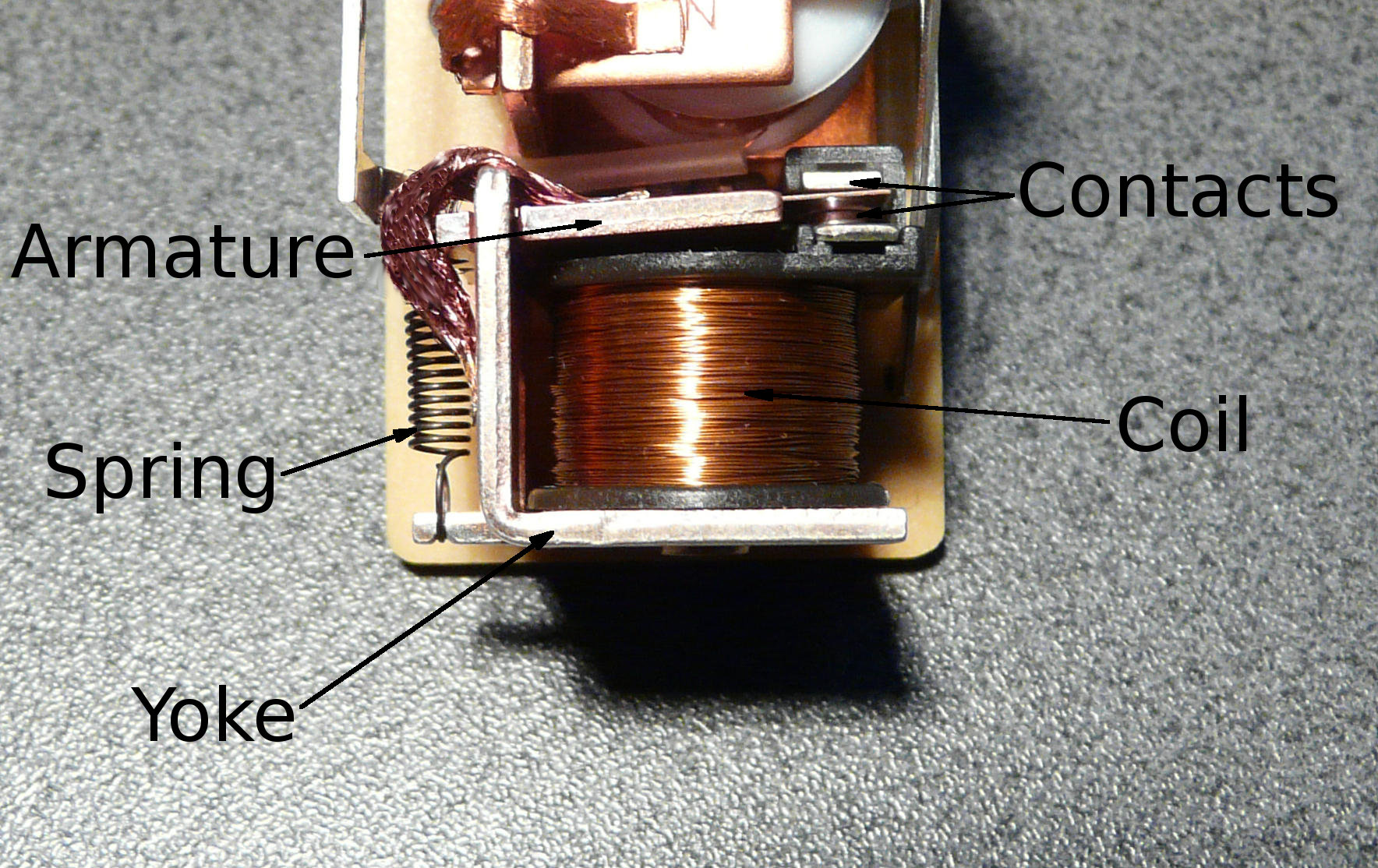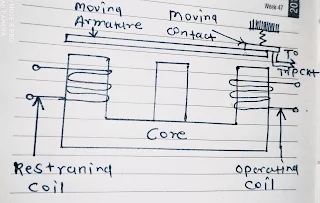What is relay?
It is switch that provides the safety to an electrical circuits from the abnormal conditions. Relay has two parts which is NO ( normally open ) and NC ( normally close ).
NO means the circuit are normally open, In this conditions the electric supply does not passes through the circuit due to the open circuit conditions. This type of relays are use in mechanical devices like hoist and manipulator for controlling.
NC means the circuit is normally close, In this conditions the electric current can flow through the circuit due to the circuit is close And this relay coil is use as On switches in mechanical devices like hoist and manipulators.
Operation of relay
Relay works on the principle of electromagnetic, it is use to link the input and output circuit. When the current flows through the relay it will link input and output circuit together. if an abnormal current is detected then relay operates as a open circuit to cut off the current flow and save the equipment from faulty current.
Types of relays
1. Electromagnetic relay.
This type of relays are made with the electrical and mechanical components, which have coils and mechanical contacts. when the current is flows through the circuit its coil gets activated and contacts being open or closed.
2. Induction type relay.
This types of relay is use as a protective relay in the AC circuit, when an excessive current is flow through the circuit its produce an force. Due to this the contacts of relay gets move and it will attracts the conductor.
3. Solid state relay.
This type of relay does not have any moving parts, it is made with solid state. The energy requirement of this relay is low, hence it will produce the higher output power to control the devices.
4. Thermal relay.
In this type of relay working principle is depends upon the heat and temperature controlling sensors. When the its sense the over limit temperature or heat it will operates and open or close the circuit.
Advantages of relay.
- Reliable operations.
- Fast operation as compared to the EMR.
- It is use for AC as well as DC supply.
- It is use for high voltage applications.
- It can operates many contact at a time.
- There is a no sparking occurred between the contacts.
- It is also prepared for large current applications.
Applications of relay.
- It is use in robotics.
- It is use for home appliances.
- It is use in office machines.
- It is use in audio equipment.
- It is use in remote control of TV.
- It is use for automobiles.
Specifications of relay.
1. Contact Material = Silver oxide complex alloy.
2. Contact switching voltage = 16 vDC max , 5 vDC min.
3. Contact switching current = 25 A max.
4. Operating time = 2.5 ms.
5. Released time = 3 ms.
6. Nominal operate power = 640 mW.




